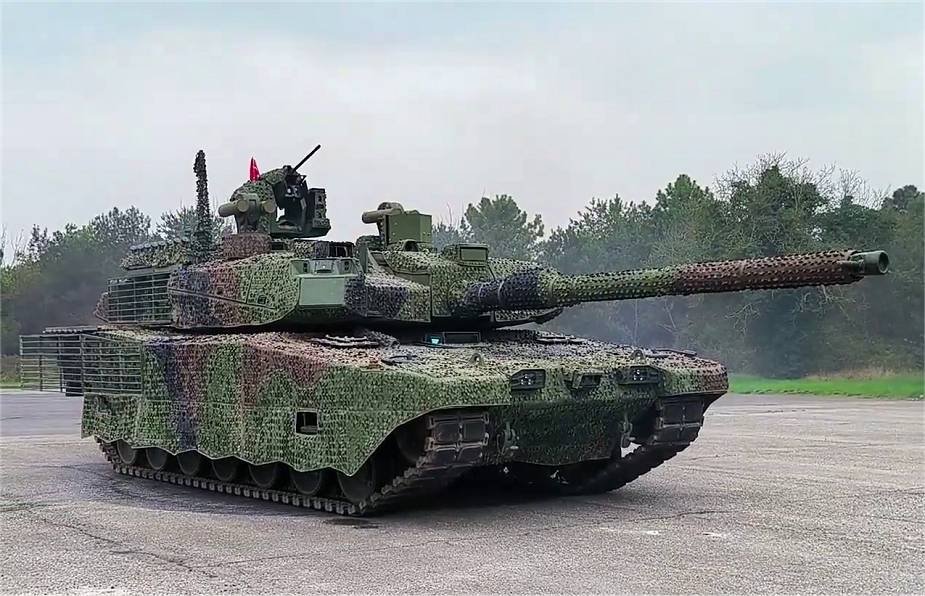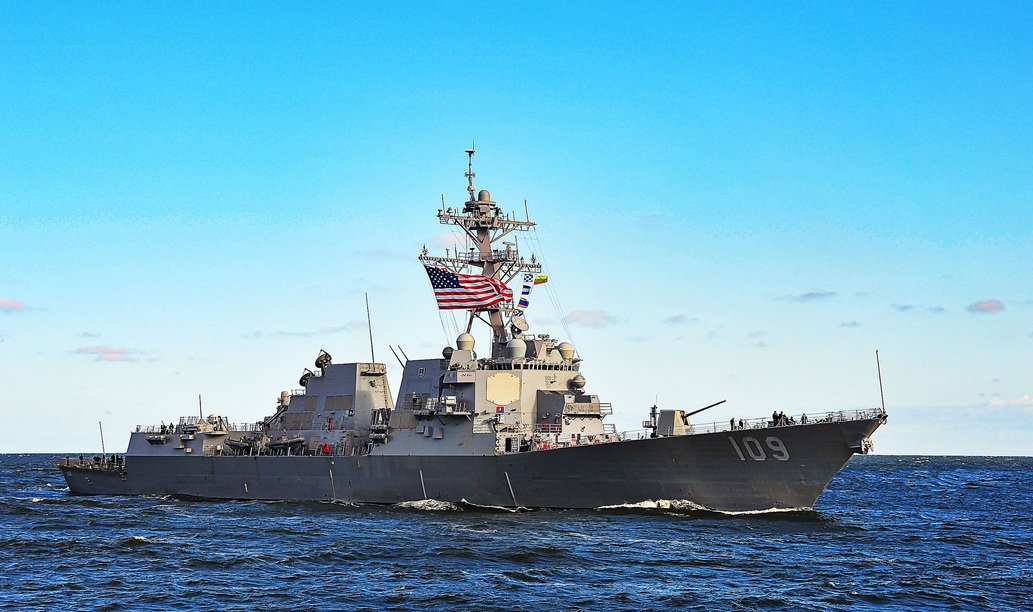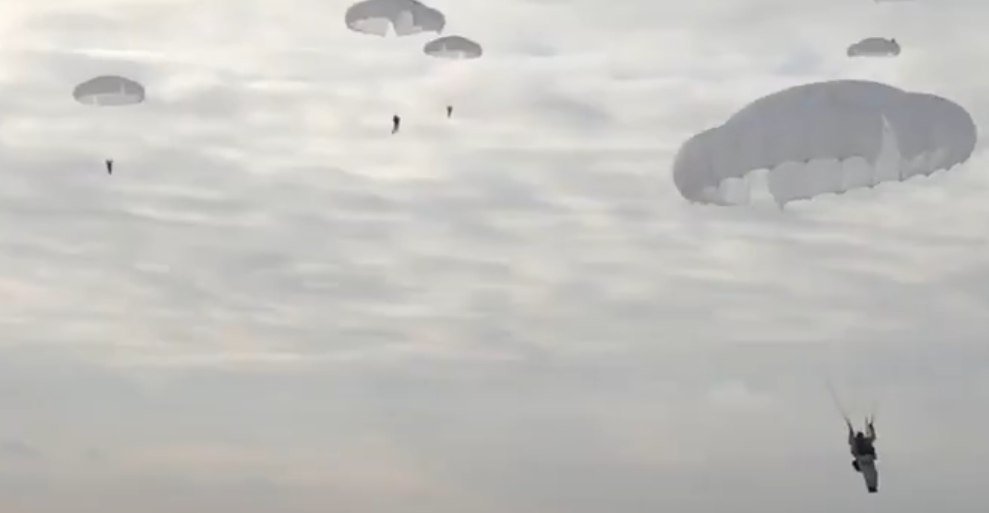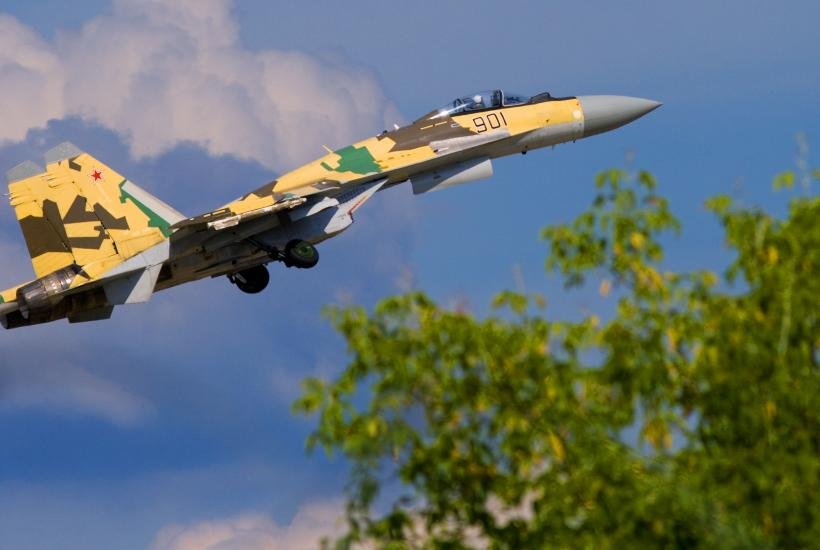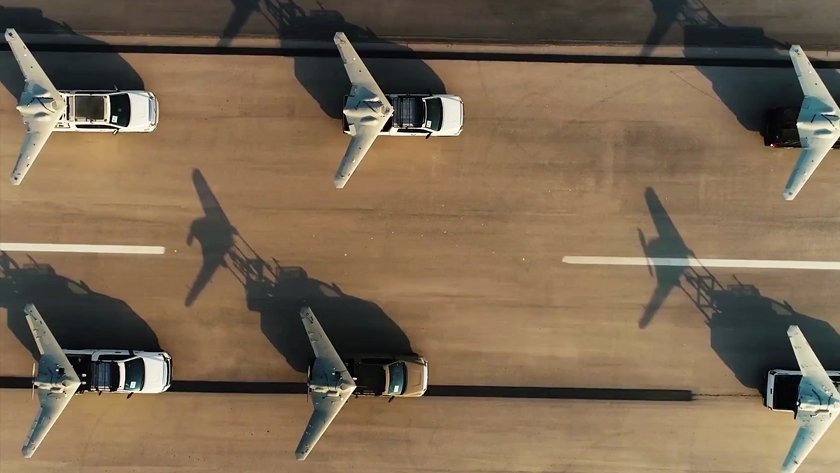
Ukrainians warn of new Russian drones – aircraft hunters
Ukraine, August 21, 2025 – Ukrainian sources report that a new Russian drone has appeared on the battlefield, which looks like a micro-“Geran”, with LTE-connection and the possibility of remote online control. It can be used as a kamikaze scout, decoy scout, territory scout-miner. Of particular concern to them is the intention to attach a pair of mini-missiles to the drone for hunting aircraft, helicopters, etc.
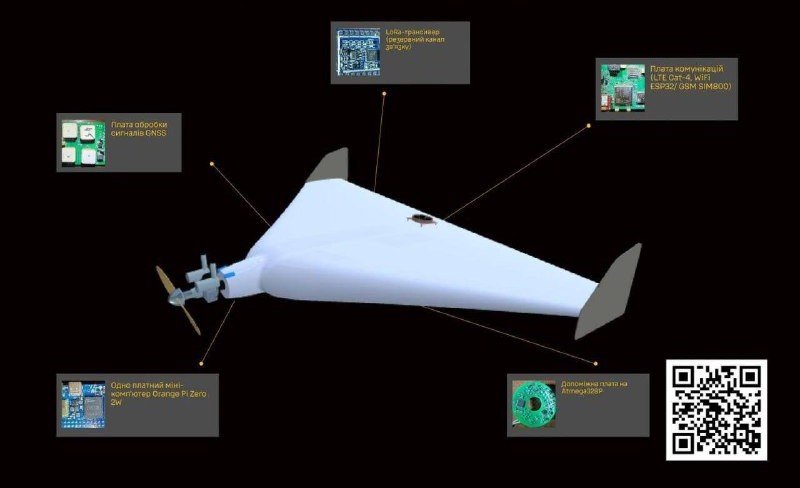
The next phase of drone wars will be associated not so much with individual universal drones as with swarm systems, where some of the devices will be reconnaissance, some “pure” combat load carriers, some false targets/imitators, and control is carried out via network intelligence (local algorithms + LTE/Starlink-analogue communication). Similar to Homeworld, or other versions of the same games. And here the analogies with gaming are not at all insignificant. This means that the front of the future is not an attack by a single device, but by a package of 30–50 unmanned aircraft, each of which fulfills its role in the scenario of breakthrough and destruction.
The idea of hanging mini-missiles on small unmanned aircraft to hunt helicopters and attack aircraft still looks semi-experimental. But the direction is logical, mini-missiles with an IR warhead or primitive radar will allow to push out aviation from the near front (fire support helicopters, unmanned aircraft-retransmitters, attack aircraft at low altitudes).
The next stage – a small aircraft fighter drone: it will not replace air defense, but will create a “risk zone” for manned machines. It is quite realistic to expect the emergence of devices with systems of glide mini-bombs (2-4 ammunition of caliber 2-5 kg), “drones-machine gunners” with gyroscopically stabilized light weapons for clearing trenches, variants with mini-RAKS (a cassette of small rockets of the 57-mm NURS type or their analogues). Why fly a helicopter so that you can fire salvos from the cabin. In essence, this is a return to the idea of an attack aircraft at a new technological level, but without risk to the pilot.
Another qualitative leap – reducing dependence on the communication channel. Drones with autonomous routes, capable of recognizing targets using video/thermal imaging, elements of “self-learning” – for example, a drone that itself decides whether to attack a detected anti-aircraft missile system or act as a scout. The next logical step in evolution – drones as aerial drone fighters. Light fighters with nets, kinetic munitions or low-power lasers, whose task is to cover the equipment on the march from swarms of FPV. This creates “close air combat” at the level of cheap platforms.


Erik Simon

